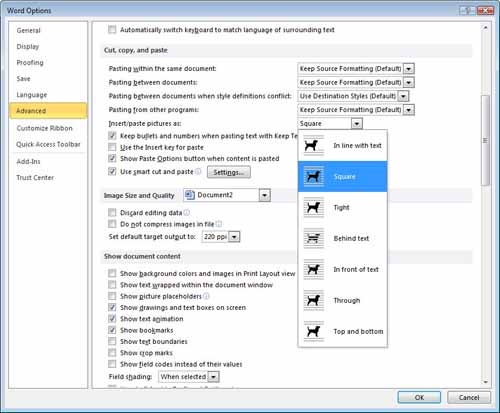Text Wrap In Word For Mac

Dave recently upgraded his copy of Word and noticed that the text displayed in Draft view wraps on the screen differently than it used to. In his earlier version of Word the text would wrap at the right margin, as it was shown on the Ruler. In the newer version the text extended past the right margin (as shown on the Ruler) and only wraps when the right side of the document window is reached.
Amazon.com: IBENZER MacBook Pro 13 Inch Case 2015 2014 2013 end 2012 A1502 A1425, Hard Shell Case with Keyboard Cover for Old Version Apple Mac Pro Retina 13, Black, R13BK +1 A: Computers & Accessories. Best seller 2in1 match pair colorful hard case shell for mac download.
Oct 01, 2016 In this HowTech written tutorial, we’re going to show you how to insert pictures and use the text wrapping features of Word 2016. Don't forget to check out our main channel https://www.youtube.
The problem being described isn't really a problem. It is a 'feature' of Word that has been available for many, many years. You can control this feature by following these steps:
- Display the Word Options dialog box. (In Word 2007 click the Office button and then click Word Options. In Word 2010 and Word 2013, display the File tab of the ribbon and then click Options.)
- Click Advanced at the left side of the dialog box.
- Scroll in the window until you see the Show Document Content section. (See Figure 1.)
- Make sure the Show Text Wrapped Within the Document Window check box is cleared.
- Click OK.
Figure 1. The advanced options in the Word Options dialog box.

Widevine decryption module download. The check box in step 4, when selected, makes the text in Draft and Outline views extend the full width of the document window, without regard to where the margin is set. This only affects what you see on the screen; it does not affect any printouts. If the check box is cleared, then the margins are minded and the text wraps where you expect it to wrap.
The need for this feature is rooted in history. The original intent of Draft view (which used to be called Normal view) was to speed up work by foregoing an exact WYSIWYG format. In this view, Word does not worry about line breaks, margins and page breaks in the same manner as in the Print Layout view. Likewise, graphics objects are not displayed. The point is to release computer resources to facilitate doing the work of entering and editing content. The purpose of the Show Text Wrapped Within the Document Window setting is to allow even more information to appear on-screen, since WYSIWYG isn't being paid attention to in Draft view anyway.
It is not unusual for people, these days, to bypass using Draft view and instead using Print Layout view. The Show Text Wrapped Within the Document Window setting has no bearing on this view, since the essence of Print Layout view is to show a very close representation of what your final printout will look like. If you want to use Draft view, there is nothing wrong with that (I do it all the time), but you'll need to pay attention to settings such as the Show Text Wrapped Within the Document Window check box so that your display looks like you want it to.